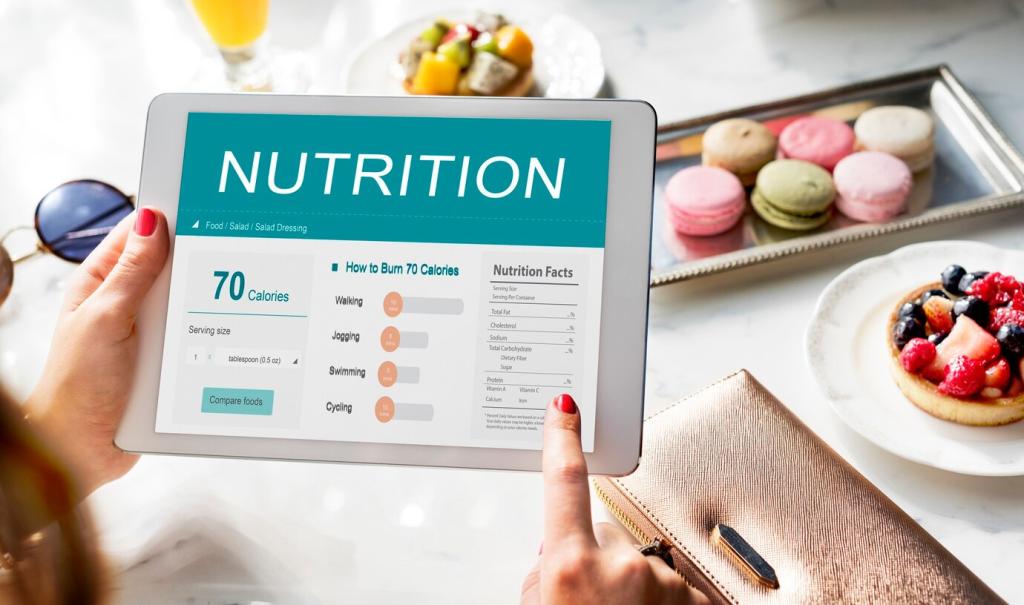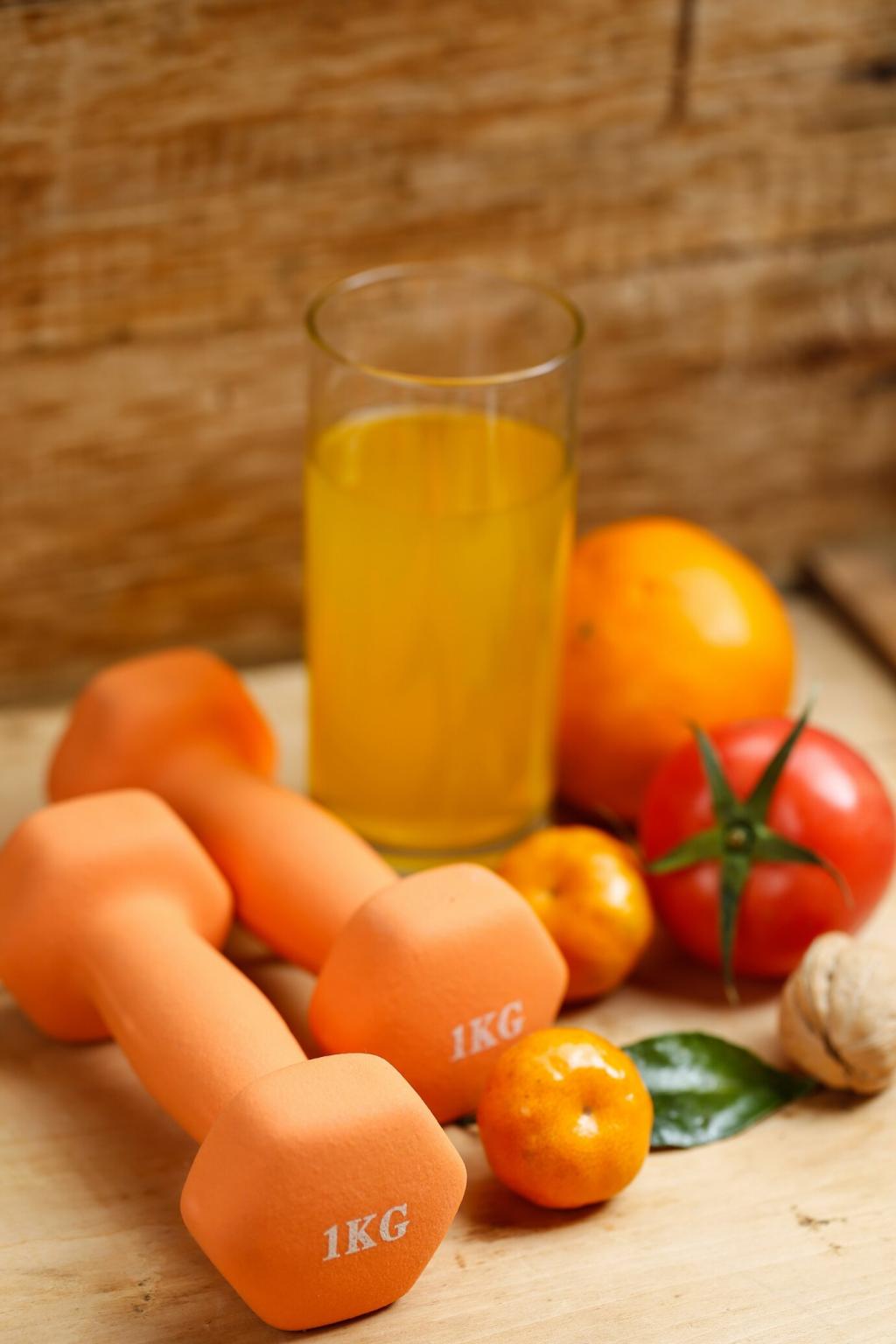The Science Behind Post-Workout Meal Planning
You do not need to sprint from the gym to your kitchen, but eating within one to two hours helps. If you trained fasted or finished an especially long or intense session, earlier can be beneficial. Aim to plan ahead so the meal is ready when you are, reducing decision fatigue and missed opportunities.
The Science Behind Post-Workout Meal Planning
A practical target is about 0.3 grams of protein per kilogram of body weight, usually 20 to 40 grams for most people. Hitting the leucine threshold, roughly two to three grams, supports muscle protein synthesis. Mix quality sources like eggs, Greek yogurt, lean meats, tofu, or whey. Tell us your favorite quick protein win.
The Science Behind Post-Workout Meal Planning
Carbs replenish glycogen, especially after endurance or high-volume training. A range of 1.0 to 1.2 grams per kilogram in the first hour post-workout accelerates recovery. Pair with protein to enhance uptake. Choose easy-to-digest options right after training, then return to slower, fiber-rich carbs later. What carb base powers your best sessions?
The Science Behind Post-Workout Meal Planning
Lorem ipsum dolor sit amet, consectetur adipiscing elit. Ut elit tellus, luctus nec ullamcorper mattis, pulvinar dapibus leo.


